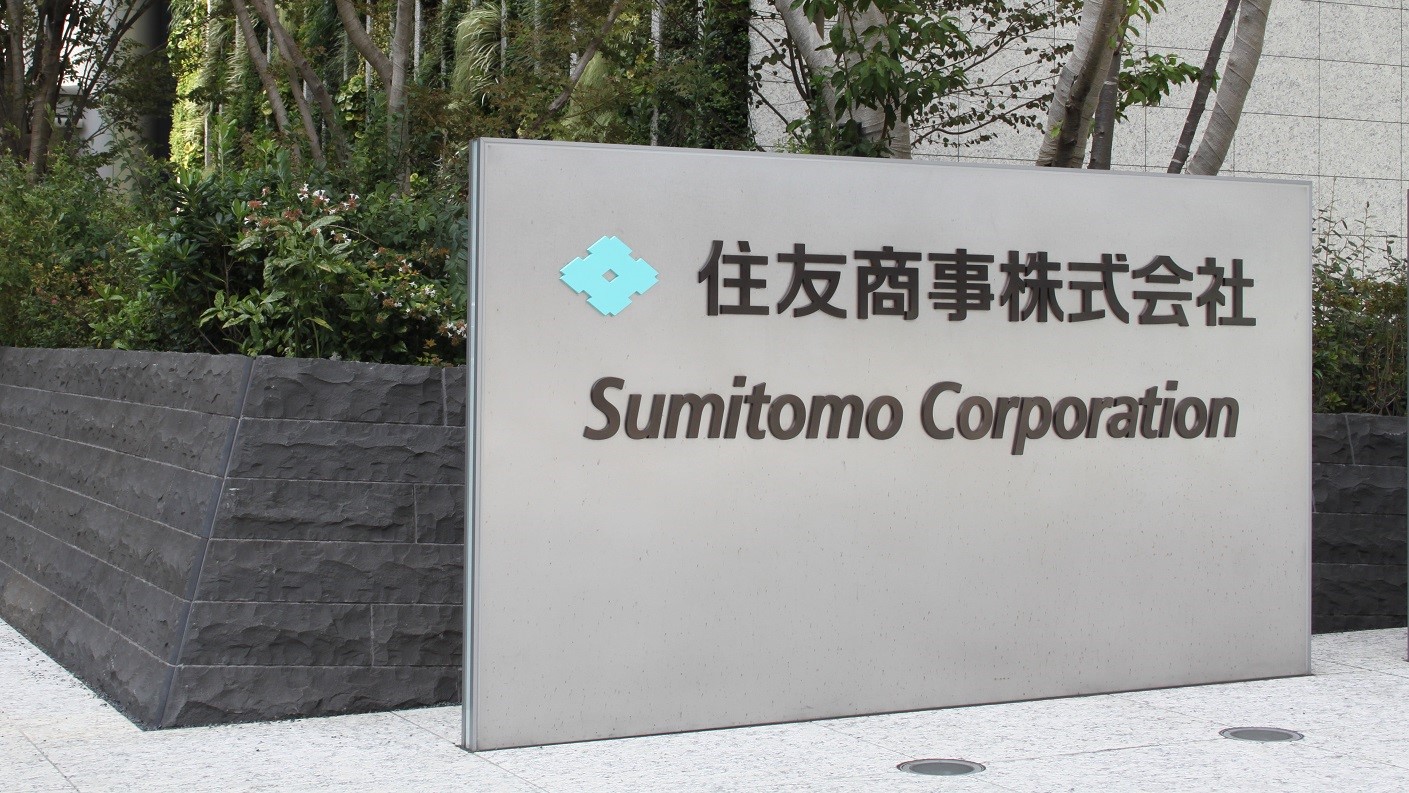

Australian mining giant Rio Tinto will collaborate with Japan’s Sumitomo Corporation to construct a 2MW green hydrogen production facility at the former’s Yarwun alumina refinery located in Gladstone. The proposed pilot project is going to yield 300 tonnes of green hydrogen to sufficiently cater to the Gladstone Hydrogen Ecosystem.

This plant would also accelerate the usage of hydrogen in the alteration of gas for the refining procedure of alumina.
The Gladstone Hydrogen Ecosystem consists of unanimous bodies like Sumitomo, the Gladstone Ports Corporation, Gladstone Regional Council, Australian Gas Networks and CQ University Australia.
Before moving to large scale operations, the pilot plant would target domestic offtake and mobility solutions before aiming toward large-scale exports as this ecosystem was initially formed to promote a hydrogen industry in the region.
The main feature of this ecosystem would be the use of green energy in place of harmful industrial gases in the alumina refining drill in Yarwun. This particular project as foreseen by Sumitomo Australia's National Hydrogen Commercialisation Manager, Alana Barlow, has the potential to restructure the smelting process for heavy metal industries.
During the Smart Energy Expo in Sydney on 6th May 2022, Alana Barlow said, “The project will produce up to 300 tonnes of green hydrogen per annum, but it is how that hydrogen will be utilised which is critical. 50 per cent of the hydrogen will be used to seed hydrogen ecosystem projects in Gladstone such as mobility.”
“The other 50% will be used by Rio Tinto to test hydrogen in the alumina refining process at Yarwun to demonstrate over 24 months the tolerance levels of hydrogen blends with natural gas where we will provide up to 100 per cent hydrogen. If successful, this demonstration will be a critical technological victory for reducing carbon emissions and optimising refineries.”
She sees prospects in this venture and says the pilot project and others like it are crucial to the development of the hydrogen industry in Australia. She challenges the big players by saying, industry magnets must “show, don’t tell” the community about the hidden benefits.
“It is critical to demonstrate the use of opportunities it presents. Small-scale pilot and demonstration labs are essential to this. We need to help people prepare for and take advantage of impending opportunities,” she added.
With its deepwater ports, established infrastructure, skilled local workforce and manufacturing capabilities, Gladstone is armed to face all consequences of the global transition to a low-emission energy future, as claimed by Barlow.
“Gladstone, and indeed Australia are at the forefront of this new industry and will be well placed to innovate and develop new technologies,” she concluded.
This week itself, Sunshine Hydro and Energy Estate also disclosed their plans for a “super-hybrid” wind, hydro and hydrogen plant in the Queensland area which adds Sumitomo’s pilot project to the powerful list of green hydrogen units in Australia.
The Sunshine Hydro project is estimated to cost US$ 5.5 billion and on completion will generate 1.8 GW of wind power and 600 MW of pumped hydro charge with a storage capability of 18 hours. The Flavian project would also showcase 300 MW of hydrogen electrolysers, 50 MW of liquefaction and a 50 MW hydrogen fuel cell.
Michael Myers, sunshine Hydro chairperson declared, that once fully active this super-hybrid project would serve 65 tonnes of competitively priced hydrogen for transport and local industry per day. An additional 220 MW of green energy would be provided 24 hours a day for 365 days a year.
“We will apply our innovative closed-loop hydropower model, which selects a clever mix of energy inputs, outputs, and storage, which we call a super-hybrid, to generate reliable green power and green hydrogen,” he said.
The above project will be constructed at Miriam Vale, south of Gladstone and is the first of the three same sized super-hybrid projects authorised to Sunshine Hydro and its partners in Central Queensland.
“The combination of the long-duration pumped hydro combined with the fast-acting response of PEM (polymer electrolyte membrane) electrolysers can provide grid services second to none,” Myer said.
“Our proprietary software AESOP (Advanced Energy Storage Optimising Program) ensures that these services are available around the clock every day of the year even though the renewable energy sources are variable.”
The aluminium industry requires a heavy amount of electricity to run; therefore Rio Tinto predicted that this hydrogen pilot plant which was first announced the previous year could definitely reduce harmful emissions and also propel decarbonisation for the organisations.
Rio Tinto Australia chief executive, Kellie Parker made a statement, where he said: “Rio Tinto has a long relationship with Sumitomo and we are delighted to partner with them to explore the possibilities of hydrogen, not only for our refinery but for Sumitomo to supply industry more broadly in Gladstone. Reducing the carbon intensity of our alumina production will be key to meeting our 2030 and 2050 climate targets. There is more work to be done, but partnerships and projects like this are an important part of helping us get there.”
Responses








